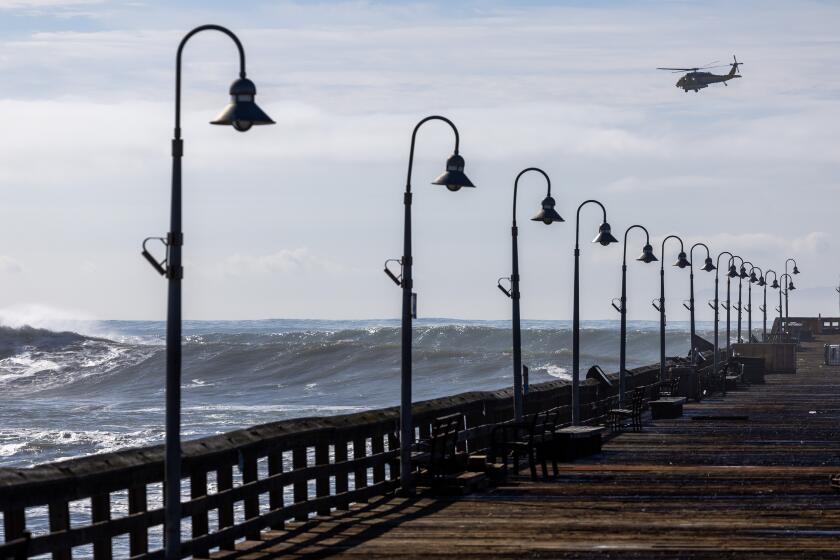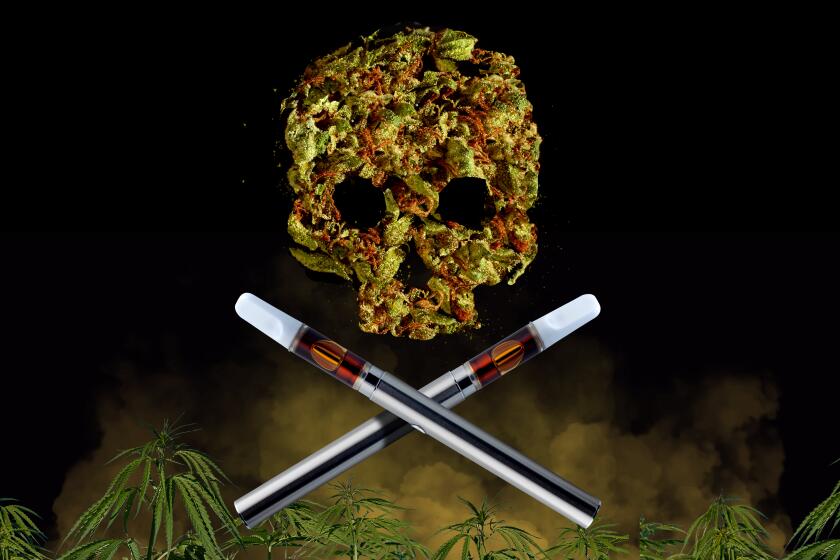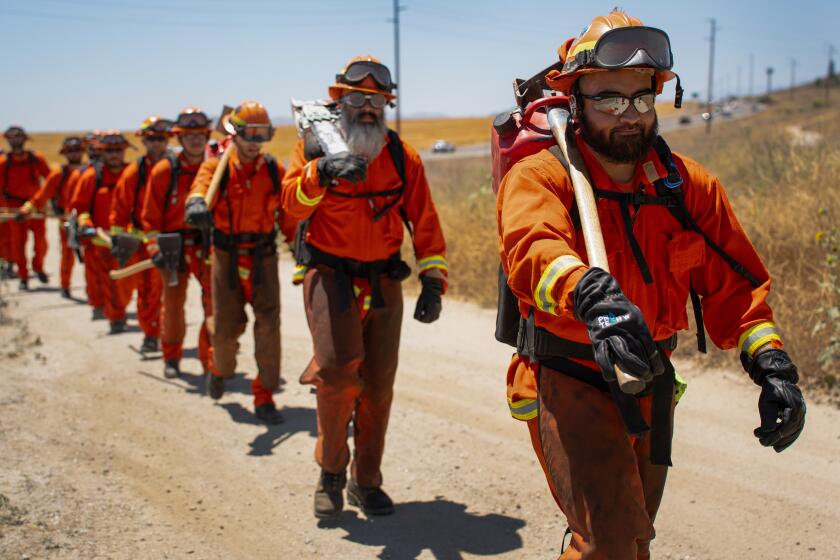Are fewer Fourth of July fireworks in California’s future?
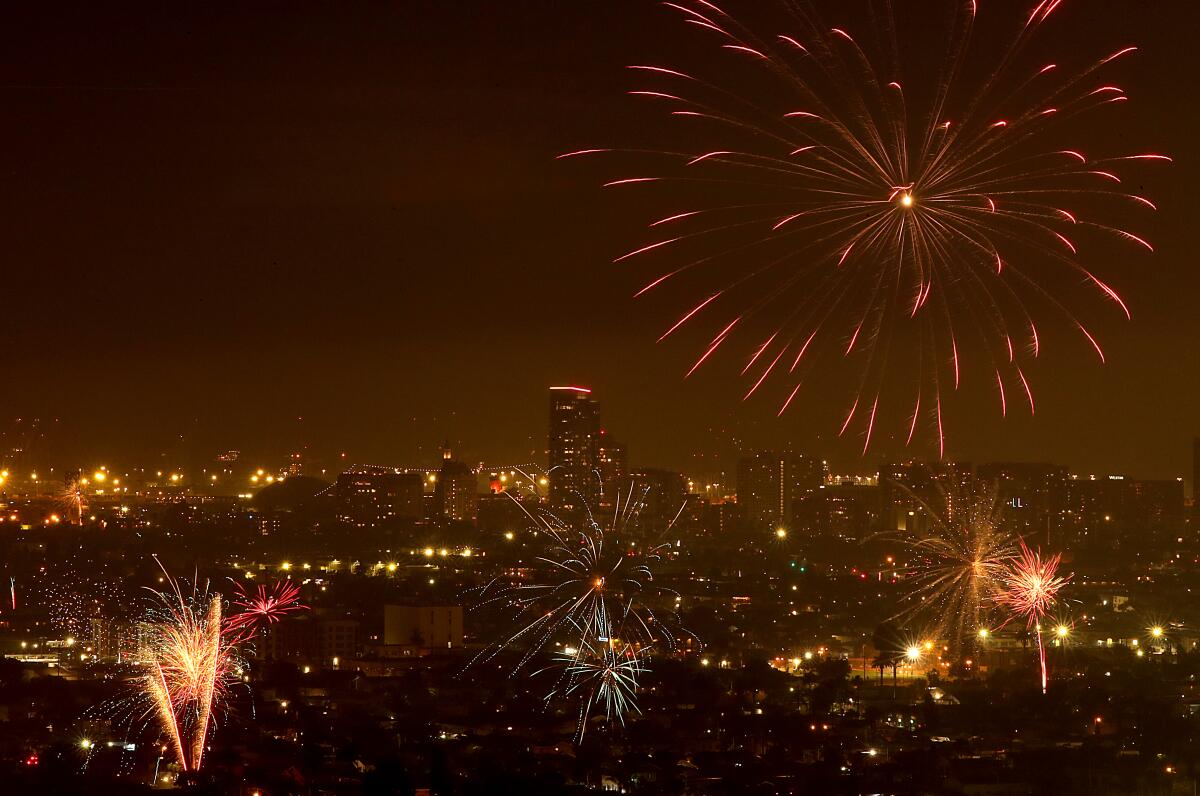
Good morning, and welcome to the Essential California newsletter. It’s Thursday, July 6.
Fireworks are a tradition for the Fourth of July, though many kinds are technically illegal in California and many other parts of the U.S. outside of professional shows.
In a way, the flashy display of mass noncompliance is very on-brand for America, especially given that the holiday celebrates American colonists’ defiance of British rule.
But all that sound and fury has costs, which are sparking action in some areas to explore alternatives.
Firing explosive rockets in populated areas is risky, as news headlines make clear each year. Fireworks are also problematic for military veterans with PTSD. And many of our pets don’t enjoy the pyrotechnic mayhem.
Not only do fireworks burn, maim and kill thousands each year, they also harm our environment. Fireworks spark thousands of fires across the U.S.
Looking at California, figures provided by CalFire over the years from 2012 to 2021, an estimated 8,427 blazes were reportedly started by fireworks. In total, fires tied to fireworks burned over 18,000 acres in the state, caused over $44 million in damage, injured dozens of civilians and firefighters and led to four deaths.
More than a third of those fires happened in 2020 and 2021, pointing to a possible pandemic-related surge.
But even if you don’t find yourself in the line of fire(works), it’s hard to escape another health impact around the holiday: terrible air quality.
To achieve those large, colorful explosions, fireworks contain chemical compounds that are hazardous to humans and animals. The chemicals can spread through smoky air and linger over communities.
“Fireworks emit high levels of particle pollution as well as metal air pollutants, all of which can contribute to negative health effects,” officials with the South Coast Air Quality Management District wrote as they announced a particulate advisory for the region through July 5.
The air reached unhealthy levels in parts of the L.A. Basin this week as smoke and particles from fireworks filled the air.
Our hazy, hazardous skies reminded Times Editorial Pages intern Diya Sabharwal of life in her hometown of New Delhi, where polluted air becomes even worse during Diwali, the annual Hindu festival celebrated with fireworks. Diya wrote:
The degradation of air quality in New Delhi is much worse than in Los Angeles, but should serve as a warning against taking the environmental impact of fireworks — and air pollution, in general — too lightly.
Given environmental goals that require improving air quality, along with longstanding safety concerns, more cities are grounding their fireworks displays.
Due to new environmental rules, fireworks shows planned along L.A. County’s coastline were canceled. As my colleague Grace Toohey reported last week:
“The decisions come just a month after the L.A. Regional Water Quality Control Board adopted a protective fireworks display permit in late May, which requires new best practices aimed at reducing plastics and other pollution that could fall into oceans or marinas from fireworks displays.”
Some SoCal cities — including Los Angeles and Redondo Beach — opted for intricate drone shows this year.
While it remains to be seen if more cities will trade traditional fireworks shows in favor of dazzling drones, those government-level changes don’t really hold a candle to the amount of illegal fireworks popping off over SoCal neighborhoods each year. And addressing that will clearly take more than the annual PSAs and headline-making seizures.
And now, here’s what’s happening across California:
Note: Some of the sites we link to may limit the number of stories you can access without subscribing.
L.A. STORIES
Workers at 19 SoCal hotels have resumed work following a three-day strike, though representatives at their union say the work stoppage marked the first wave of labor action. Picketing is slated to continue as workers demand pay increases. Los Angeles Times
A Black LAPD officer aimed to help change policing from the inside and make a difference in his community. But after being handcuffed by fellow officers while off-duty, he accused them of racial bias and questioned his identity as a Black man in law enforcement. Los Angeles Times
POLITICS AND GOVERNMENT
California’s state Assembly has iced a bill that would have forced CalPERS and CalSTRS to divest billions from oil and gas companies. Proponents of the legislation, which passed in the state Senate, hoped it would create a national model for prioritizing solutions to the climate crisis. Bloomberg
Indigenous groups are calling out L.A. Mayor Karen Bass for removing a Native American from her position on the L.A. Board of Water and Power Commissioners. Cynthia Ruiz was the first indigenous person to hold that post. As Times reporter Louis Sahagún wrote, Bass’ decision “sparked anger and resentment among tribal leaders and others who saw Ruiz’s appointment as a significant advancement in the city’s recognition of Indigenous voices.” Los Angeles Times
Gov. Gavin Newsom’s plan to tackle the state’s opioid crisis is undergoing some updates to address the rise of the street drug known as tranq. While statewide tracking is incomplete, some counties are reporting more overdose deaths linked to the drug. San Francisco Chronicle
CRIME, COURTS AND POLICING
The L.A. County Sheriff’s Department has opened an investigation after video showed a deputy throw a woman to the ground as she attempted to film deputies responding to a robbery call at a Lancaster supermarket. Body cam and cell phone footage of the incident, which department officials called “disturbing,” show the woman being pepper sprayed and handcuffed. Los Angeles Times
A U.S. Customs and Border Protection officer has been charged with taking bribes to allow vehicles packed with methamphetamine, fentanyl, cocaine and heroin to pass into the U.S. from Mexico. Federal prosecutors have charged six other people for their involvement in a conspiracy to import and distribute drugs in the U.S. San Diego Union-Tribune
Support our journalism
CALIFORNIA CULTURE
The U.S. Social Security Administration has released its latest annual list of the most popular baby names by state. The most popular male and female names among last year’s youngest batch of Californians are Liam and Olivia, respectively. I was personally pleased to see 534 new Ryans added to the Golden State’s roster last year, while the number of Brians didn’t crack the top 100. This is great news for my camp in the ongoing Ryan vs. Brian war, most often waged while ordering coffee. The Sacramento Bee
Free online games
Get our free daily crossword puzzle, sudoku, word search and arcade games in our new game center at latimes.com/games.
AND FINALLY
Today’s California landmark is from Stephen Blakesley of La Jolla: Ellen Browning Scripps Memorial Pier, perched over the edge of the San Diego coast.
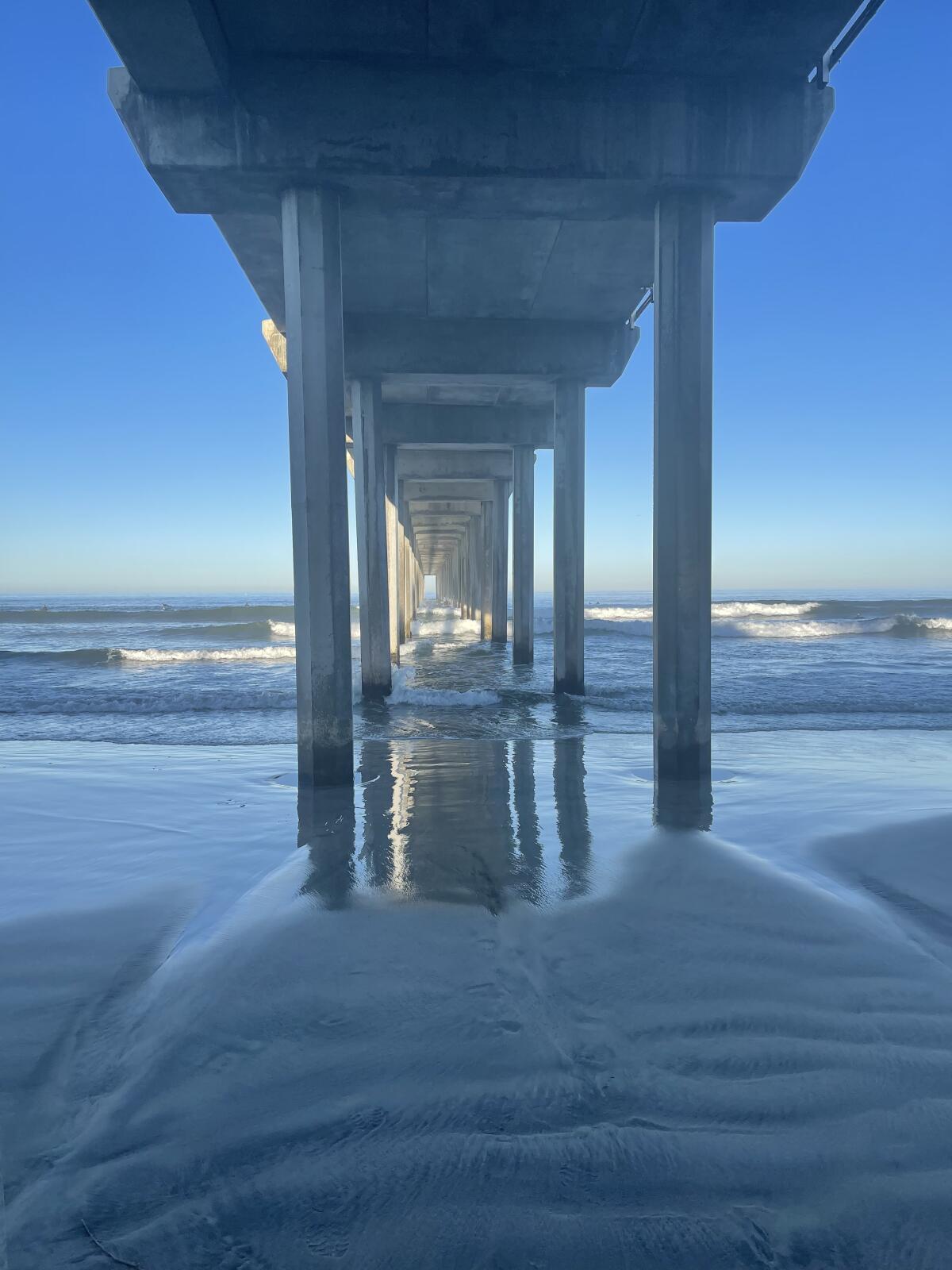
Stephen writes:
In the early 1960s, Scripps Institution of Oceanography researchers were the first to discover that our global oceans are contributing to climate change. This pier was presciently built tall and long to endure sea level rise.
What are California’s essential landmarks? Fill out this form to send us your photos of a special spot in California — natural or human-made. Tell us why it’s interesting and what makes it a symbol of life in the Golden State. Please be sure to include only photos taken directly by you. Your submission could be featured in a future edition of the newsletter.
Please let us know what we can do to make this newsletter more useful to you. Send comments to essentialcalifornia@latimes.com.
Start your day right
Sign up for Essential California for news, features and recommendations from the L.A. Times and beyond in your inbox six days a week.
You may occasionally receive promotional content from the Los Angeles Times.

